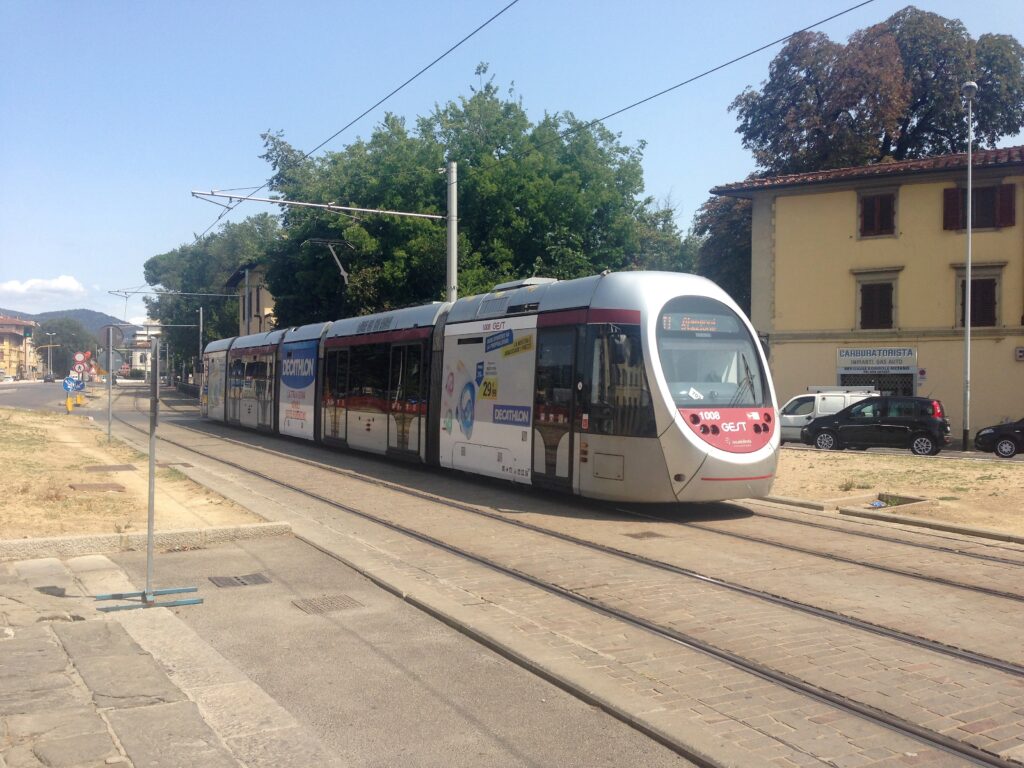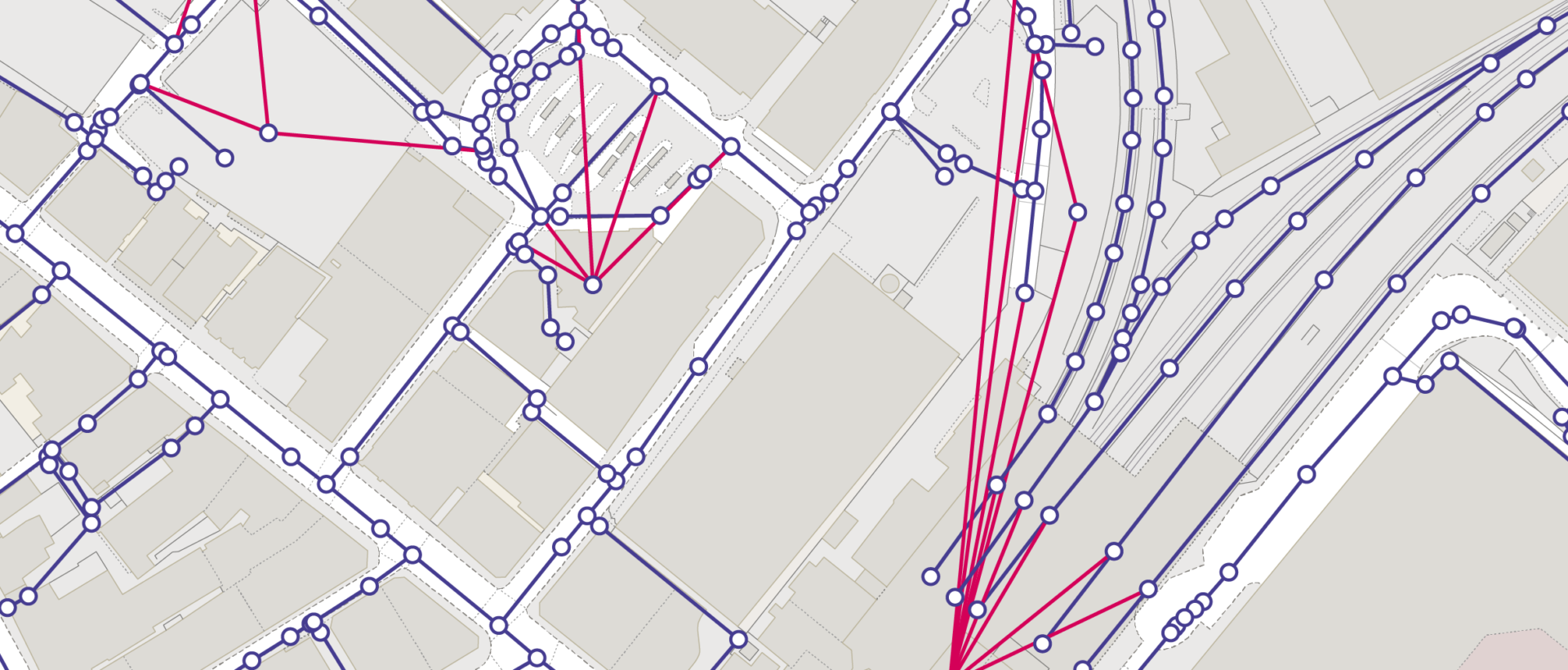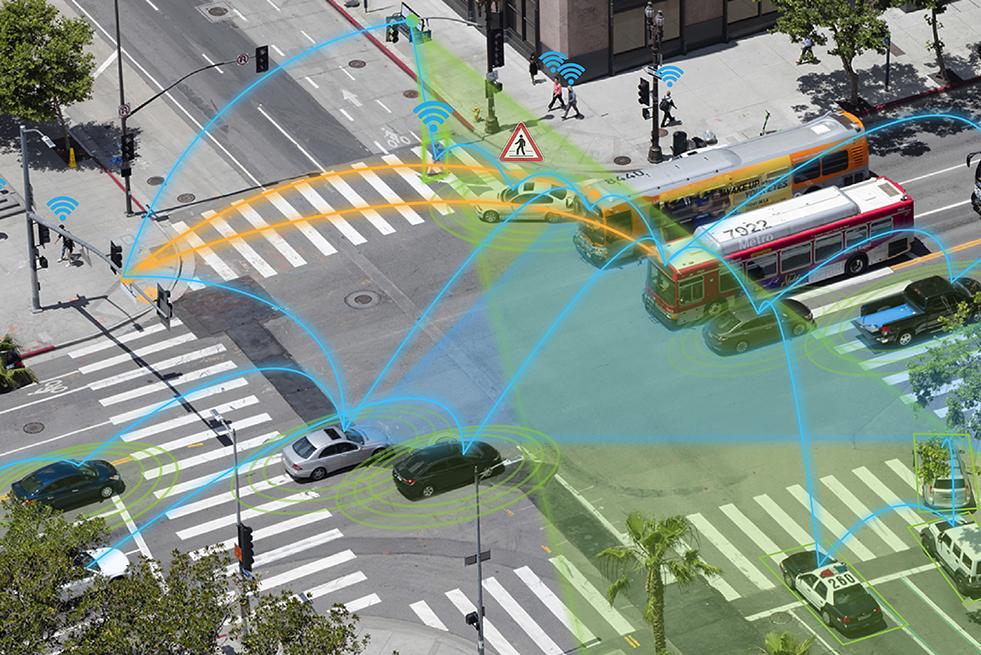Smart City in the Making: Sensor-Equipped Trams Set the Ground for Optimised Mobility in Florence
Smart trams are now running through the city of Florence in Italy, as part of the innovative computing infrastructure developed by the EU-funded project ELASTIC. A set of sensors has been recently installed on three tram vehicles of the public tramway system of Florence, while three tram stops are being equipped with sensing, computation and communication capabilities, paving the way to a next generation intelligent transport environment.

Nowadays, discussions about sustainability and urban population growth are leading to new approaches for effective mobility management in the cities. By enhancing the interaction between the city infrastructure, the public tram network and private vehicles, ELASTIC works towards an integrated, safe and smart urban mobility environment, which will lead to fewer accidents, efficient traffic management and reduced maintenance costs.
Bringing together scientific and industrial players as well as the local government and the Florence tramway operator, ELASTIC is developing functionalities aligned with the vision of autonomous trams, including:
- an advanced autonomous localization system, which provides real-time accurate positioning information even when GPS coverage is not available
- the detection of hazardous situations in real-time to alert tram drivers and private vehicle drivers
Currently, three tram vehicles operating in the Florence network have been on-boarded with multiple sensors, such as cameras, Inertial Measurement Units (IMUs), Radar and Lidar, and are generating massive amounts of data during each journey. This data is fused with information extracted from sensors located in tram stops surroundings and processed through complex Artificial Intelligence (AI) methods. The next step involved the conversion of this information into valuable knowledge in real-time regarding the tram position, the presence of obstacles along the tram line and tram stops, and the movement of citizens and vehicles.
In that regard, the ELASTIC consortium is working towards the creation of smart areas around three key intersections between the tram lines, city streets, and pedestrian crossings in the Metropolitan City of Florence.
Senior researcher at the Barcelona Supercomputing Center (BSC) and coordinator of ELASTIC, Eduardo Quiñones, said:Busy urban spaces are in need of innovative transport solutions and smart city applications. Forging ahead with the ELASTIC project, a high-end sensor-equipped system has been incorporated in the tram vehicles and soon at the tram stops of Florence collecting and aggregating significant figures of the performance of the transportation network. This lays the basis for our next step: that of an active interaction between the vehicles and the city.
This article was originally published by ELASTIC. A Software Architecture for Extreme-ScaLe Big-Data AnalyticS in Fog CompuTing ECosystems.










